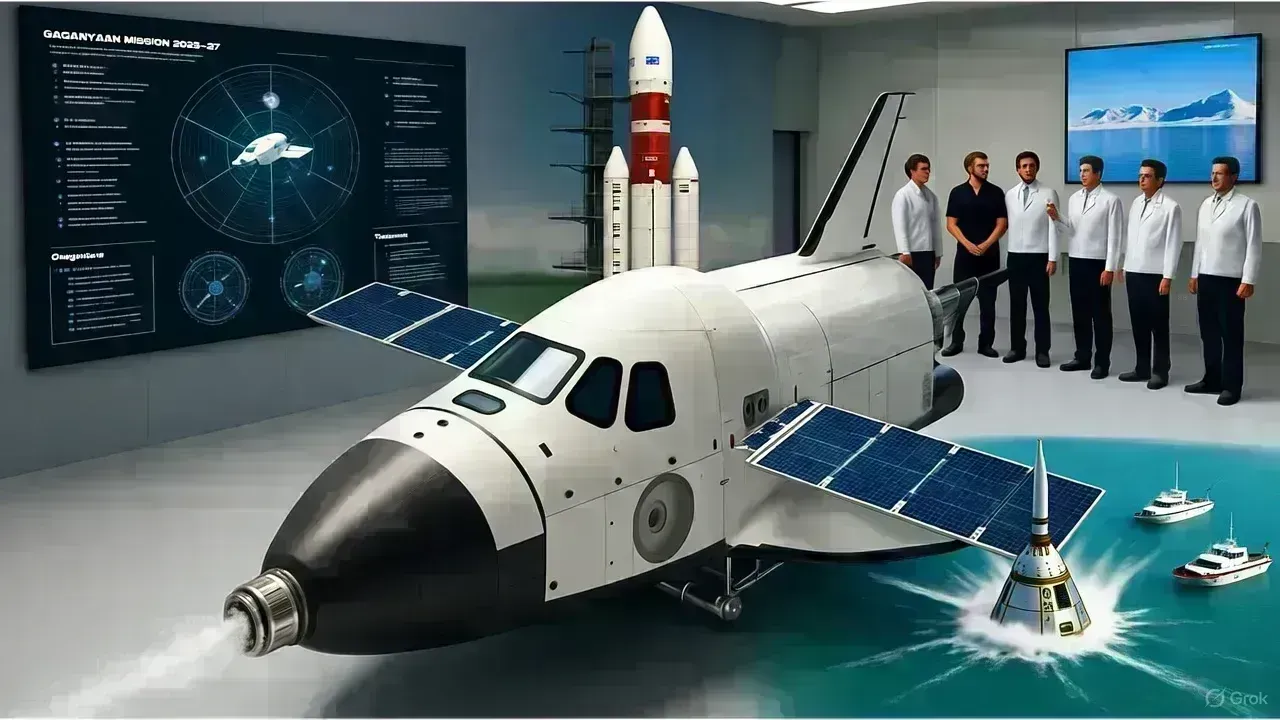
Post by : Shivani
Excellent ✅ — Let’s begin your 9000+ words SEO-optimized, E-E-A-T-compliant article for ARMUST News on the topic:
India’s Gaganyaan Mission 2025–27 stands as one of the most ambitious space projects ever undertaken by the Indian Space Research Organisation (ISRO). It aims to send Indian astronauts—known as Vyomanauts—into low-Earth orbit aboard an indigenously built spacecraft. This milestone will not only elevate India into the elite club of nations capable of human spaceflight but will also symbolize decades of scientific perseverance and national pride.
Announced officially in 2018 and accelerated after ISRO’s string of successes such as Chandrayaan-3 and Aditya-L1, the Gaganyaan program reflects India’s expanding mastery of aerospace engineering, safety systems, and international cooperation. By 2027, the program expects its first crewed launch—carrying two or three astronauts on a short-duration orbital mission lasting up to five days.
India’s space story began modestly in 1975 with Aryabhata, the nation’s first satellite. Over the following decades, ISRO steadily built a robust infrastructure—launch vehicles, tracking networks, and research centers—that laid the foundation for today’s human spaceflight program. Missions such as INSAT, IRS, and GSAT series demonstrated the organization’s growing capacity in satellite communication and remote sensing.
The Chandrayaan (lunar) and Mangalyaan (Mars Orbiter) missions proved India’s ability to execute complex interplanetary objectives with remarkable cost efficiency. These projects delivered essential experience in navigation, trajectory correction, and deep-space communication—skills now being refined for the much more demanding task of sustaining human life in orbit.
The mission’s primary goal is to demonstrate the capability to send humans safely to space and bring them back to Earth. The roadmap includes:
Two uncrewed test flights (2024 & 2026) to validate systems.
One crewed flight between 2026–2027.
Development of indigenous life-support and crew-escape systems.
Each phase is designed to rigorously test safety, reliability, and endurance before human involvement.
Beyond scientific achievement, Gaganyaan enhances India’s strategic position in the global space economy. It promotes domestic innovation in materials science, avionics, and biomedical engineering, while inspiring STEM education and future collaborations in low-Earth-orbit research.
The Crew Module (CM)—a pressurized capsule—is built to accommodate three astronauts. It includes an Environmental Control and Life Support System (ECLSS) that maintains cabin temperature, oxygen levels, and pressure. The capsule will re-enter Earth’s atmosphere at over 7 km/s, protected by an advanced thermal shield.
ISRO’s LVM3, renamed Human Rated Launch Vehicle (HLV), will propel Gaganyaan into orbit. Capable of carrying more than 8 tons to low-Earth orbit, it has undergone several modifications to meet stringent reliability standards, including redundant control systems and reinforced cryogenic stages.
Safety lies at the mission’s heart. ISRO developed a Crew Escape System (CES) that can rapidly eject the crew module in case of launch anomalies. Multiple abort tests—the Pad Abort Test (2018) and Test Vehicle Abort 1 (2024)—validated this life-saving technology.
The Defence Research and Development Organisation (DRDO) plays a vital role in human safety. It designed the space suits, parachute systems, and ECLSS that protect astronauts during microgravity operations. These suits are engineered to withstand pressure fluctuations and supply oxygen for up to one hour of independent survival.
DRDO also collaborates with the Indian Navy on sea-recovery operations, ensuring the capsule’s safe retrieval after splashdown in the Bay of Bengal. Naval ships, helicopters, and divers have practiced recovery drills at designated zones to perfect the procedure.
From an initial shortlist of 25 Air Force pilots, four were chosen for training. These Vyomanauts—whose identities remain confidential—underwent medical and psychological assessments modeled on international standards.
Training began at Russia’s Gagarin Cosmonaut Training Center (GCTC), focusing on zero-gravity adaptation, emergency management, and orbital mechanics. They now continue advanced modules at ISRO’s Astronaut Training Facility in Bengaluru.
Crew members practice extensive simulator sessions replicating LVM3 flight conditions. ISRO also uses parabolic flights and neutral-buoyancy pools to mimic weightlessness, helping astronauts master dexterity in microgravity.
Russia assists with training and life-support designs, France’s CNES contributes radiation-shielding technology, and NASA has expressed support for knowledge exchange on orbital research and telemetry.
ISRO is exploring future payload experiments involving global universities to study microgravity effects on human physiology, materials science, and electronics reliability.
Two uncrewed demonstration flights—dubbed Gaganyaan-1 and Gaganyaan-2—will test navigation, re-entry, and landing systems before the human mission. These flights will also deploy humanoid robot Vyommitra to gather in-flight environmental data.
Every stage includes abort-mode testing, crew-module recovery rehearsals, and thermal-protection checks to ensure the system’s reliability exceeds 99.8 percent—a benchmark essential for human certification.
The program’s cost—estimated around ₹ 10,000 crore (≈ US $1.2 billion)—requires careful budget discipline. Ensuring complete subsystem reliability under launch stress and atmospheric re-entry remains technically daunting.
Physical and psychological endurance is equally critical. ISRO integrates AI-based monitoring to track astronaut health, while DRDO studies microgravity’s effects on cardiovascular and musculoskeletal systems.
Following Gaganyaan, ISRO envisions a modular Indian Space Station (ISS-India) by 2035. This orbital outpost will enable continuous research in medicine, astronomy, and Earth observation.
ISRO is preparing long-term crewed lunar missions, potentially in partnership with NASA’s Artemis Program and JAXA. These initiatives aim to extend India’s reach beyond low-Earth orbit.
Gaganyaan symbolizes India’s emergence as a responsible space power. By sharing low-cost, high-reliability technologies, India strengthens diplomatic ties with developing nations seeking affordable access to space.
With private players like SpaceX and Blue Origin reshaping the landscape, India’s state-driven yet cost-effective model offers a unique alternative—balancing national prestige with practical innovation.
1. What is the main goal of the Gaganyaan Mission?
To demonstrate India’s ability to send humans safely to space and bring them back to Earth.
2. When will the first human flight take place?
The crewed mission is targeted between late 2026 and 2027, following two uncrewed test flights.
3. How many astronauts will participate?
Two to three Indian Air Force pilots, trained as Vyomanauts.
4. What rocket will carry the astronauts?
A human-rated version of LVM3 (GSLV Mk III).
5. Where will the landing occur?
Splashdown is planned in the Bay of Bengal, with Indian Navy recovery teams on standby.
6. Why is this mission significant for India?
It marks India’s entry into human spaceflight capability, advancing technology, national prestige, and future scientific research.
The Gaganyaan Mission 2025–27 embodies India’s determination to transcend technological barriers and explore new frontiers. With ISRO’s precision, DRDO’s innovation, and international cooperation, the mission will redefine India’s presence in the global space community. As countdowns progress, the world watches—ready to witness India’s first human step into the cosmos.
Gaganyaan Mission Gaganyaan 2025 Gaganyaan 2027 ISRO Human Spaceflight India in Space Vyomanauts LVM3 Rocket Indian Astronauts GSLV Mk III Human Rated Crewed Space Mission India
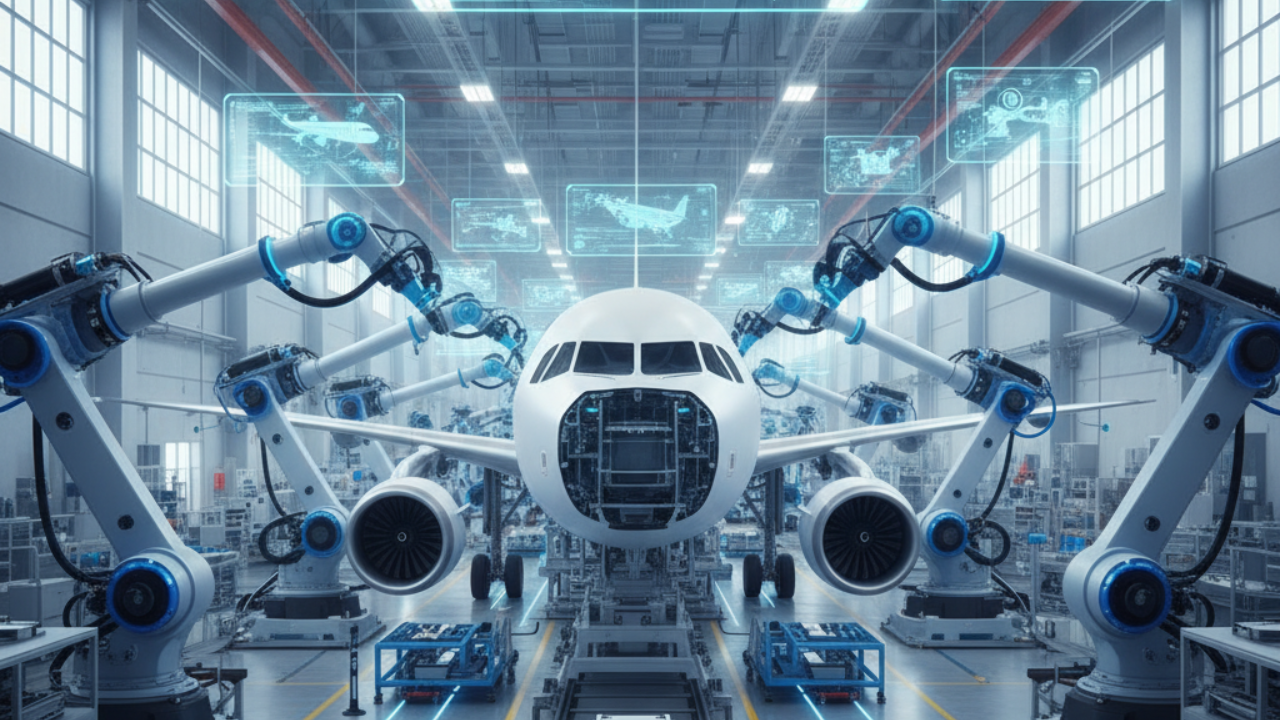
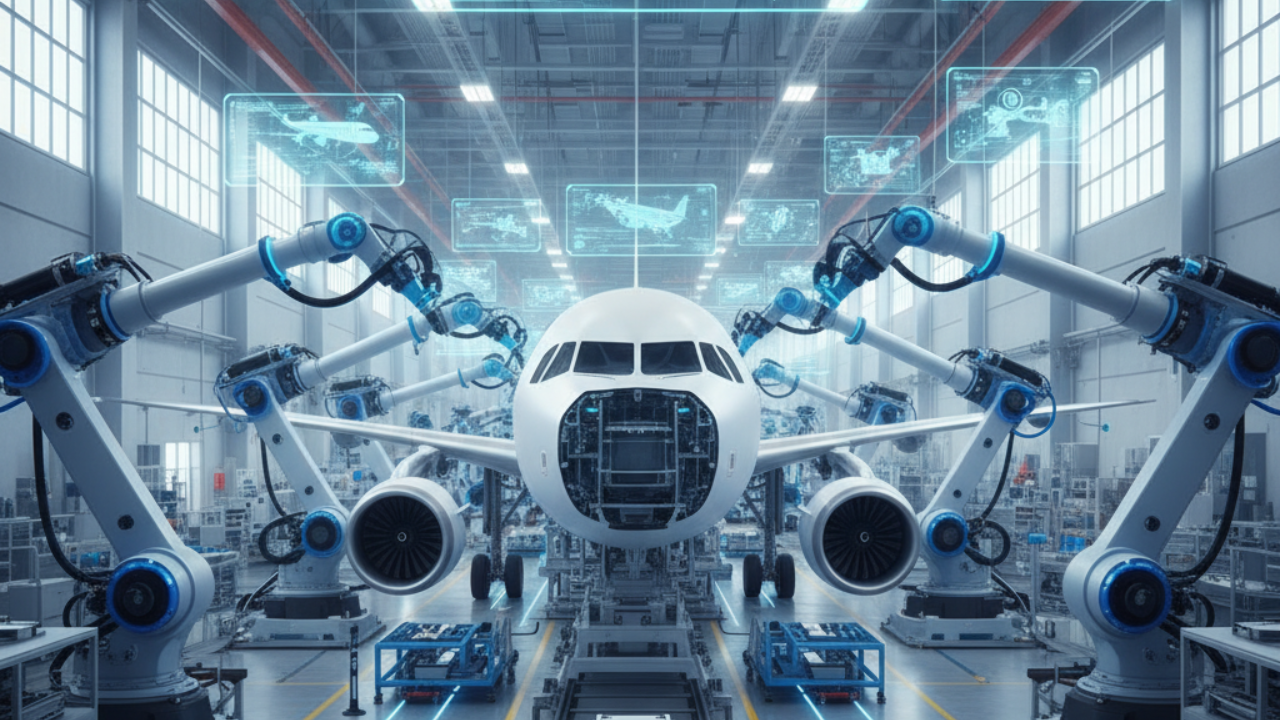
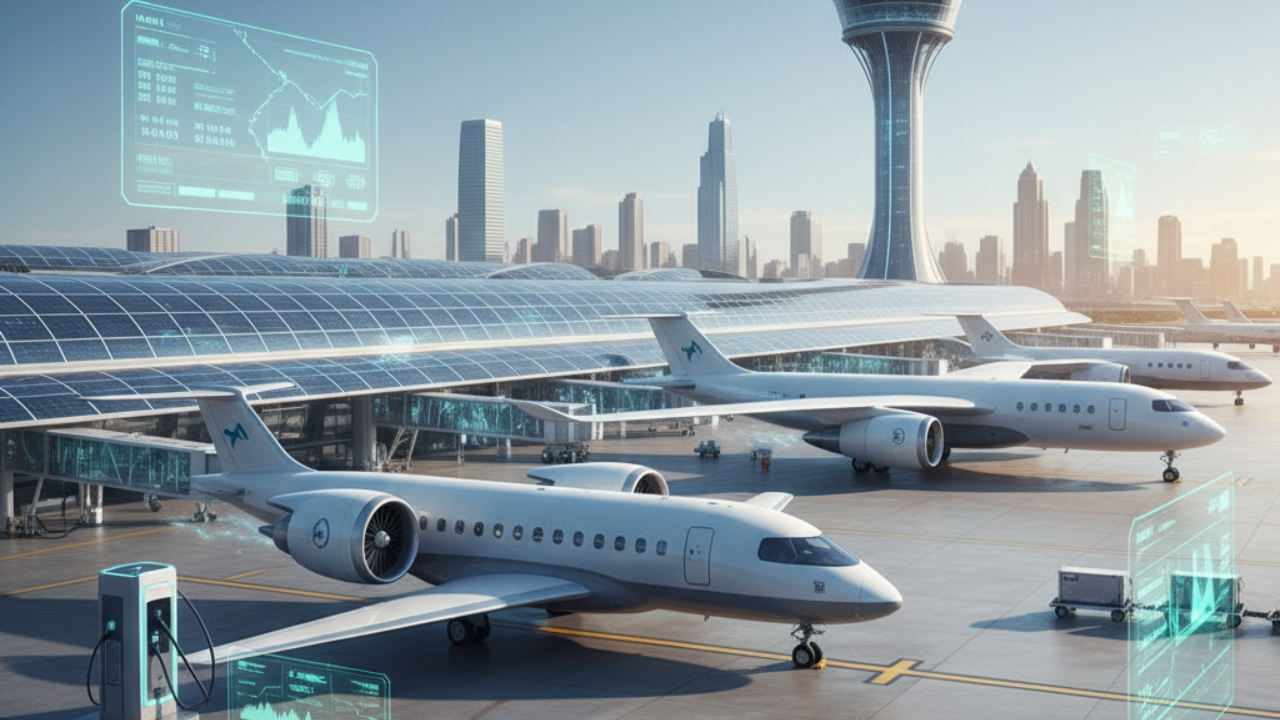
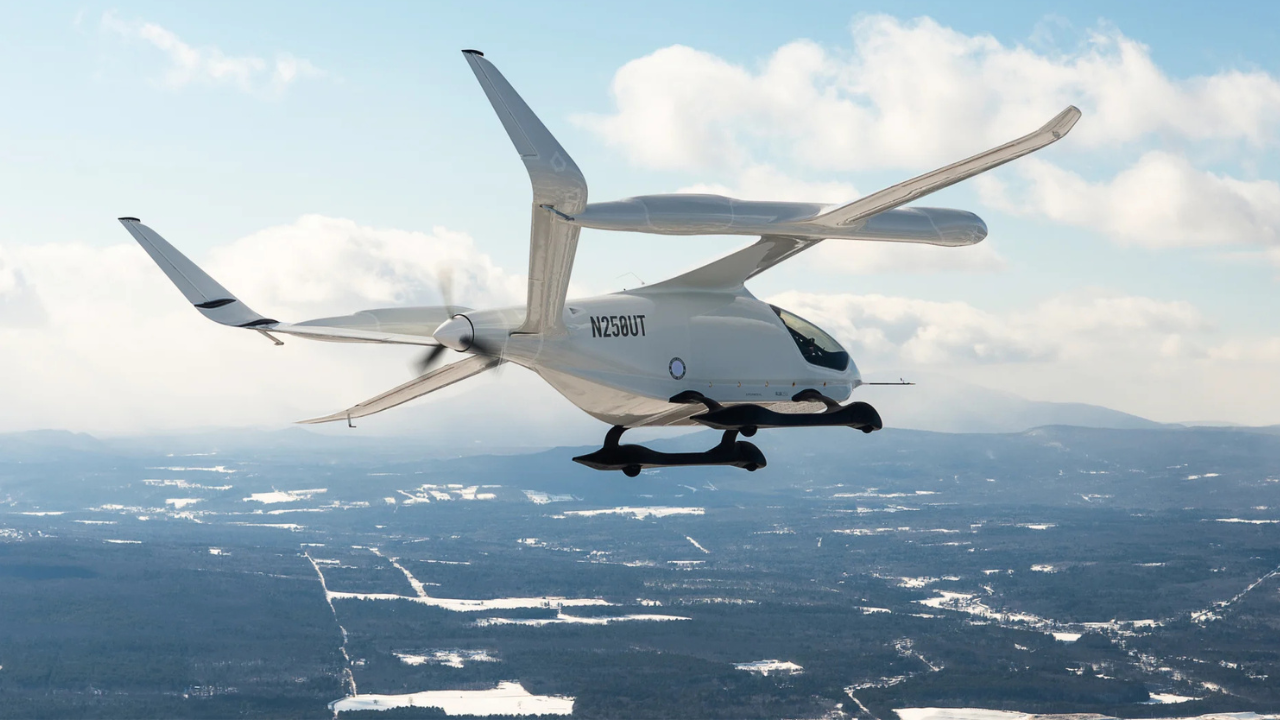
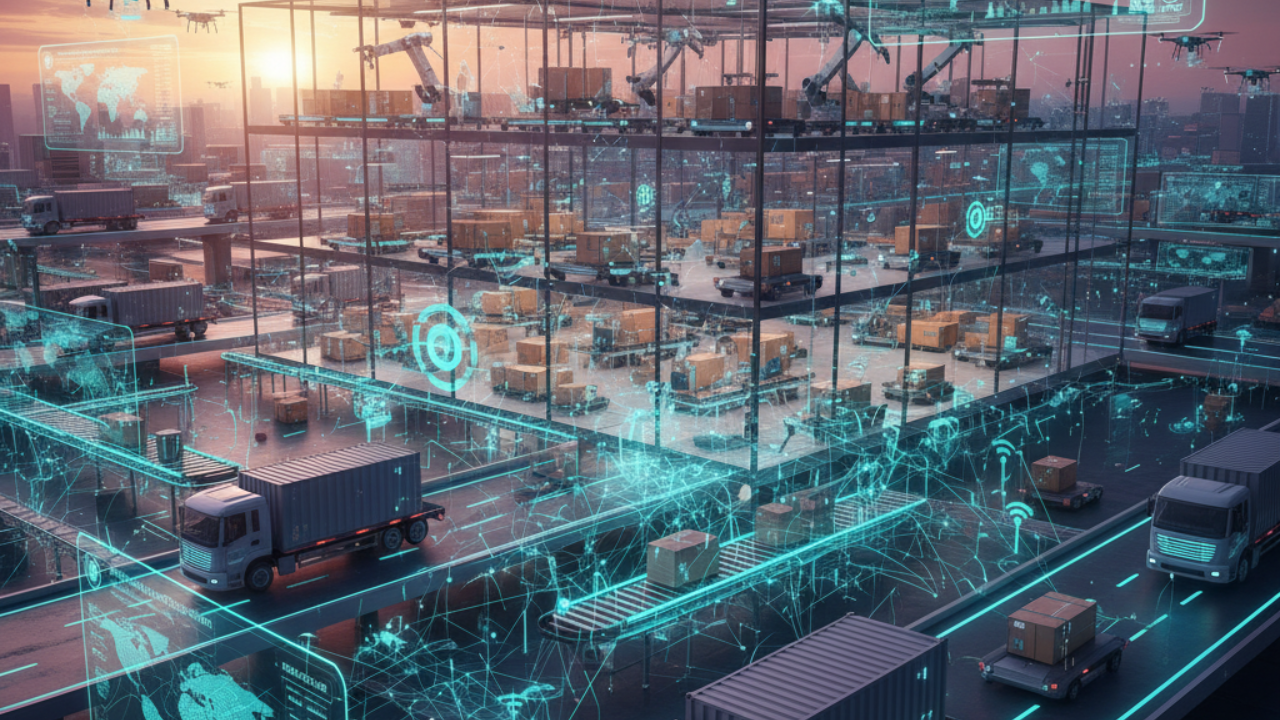

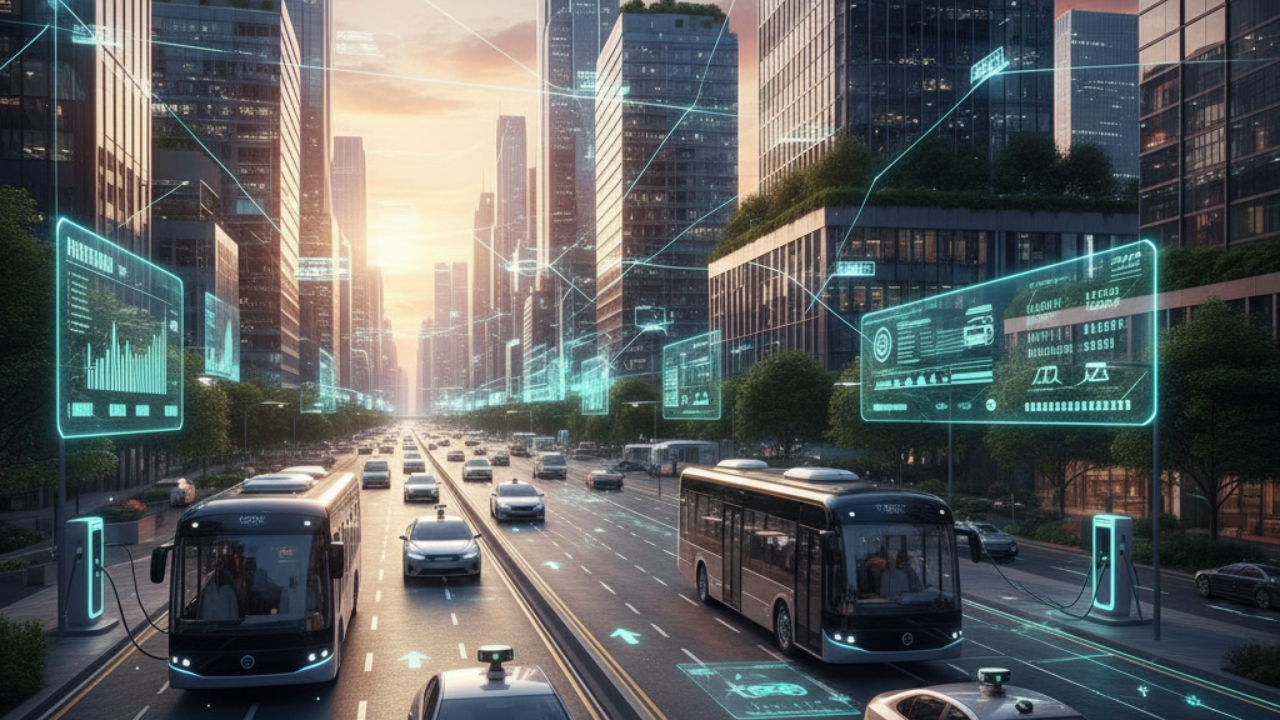
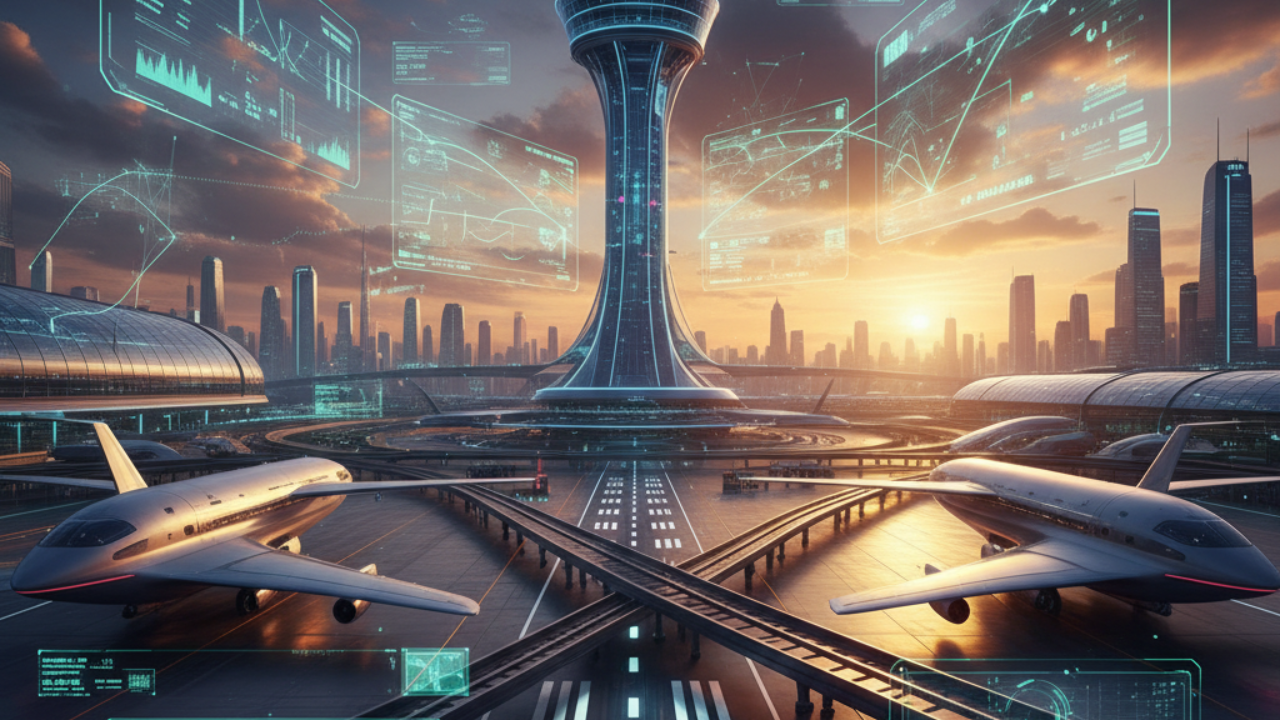


Bengaluru-Mumbai Superfast Train Approved After 30-Year Wait
Railways approves new superfast train connecting Bengaluru and Mumbai, ending a 30-year demand, easi

Canada Post Workers Strike Halts Nationwide Mail and Parcel Services
Canada Post halts operations as CUPW strike disrupts mail and parcel delivery nationwide amid disput

PM Modi Launches BSNL ‘Swadeshi’ 4G Network, 97,500 Towers Built
India enters global telecom league as PM Modi inaugurates BSNL’s indigenous 4G, connecting 26,700 vi

India’s Iconic MiG‑21 Takes Final Flight After Six Decades of Service
After 60 years India retires its MiG‑21 fighter jet, a legendary yet controversial warplane marking

Hindustan Zinc unveils AI hotspot monitoring at Debari smelter
Hindustan Zinc launches AI-powered Switchyard Hotspot Monitoring at Debari smelter to cut outages bo

Chinese experts worked inside sanctioned Russian drone plant
Chinese drone specialists visited IEMZ Kupol supplying parts and drones via intermediaries, deepenin